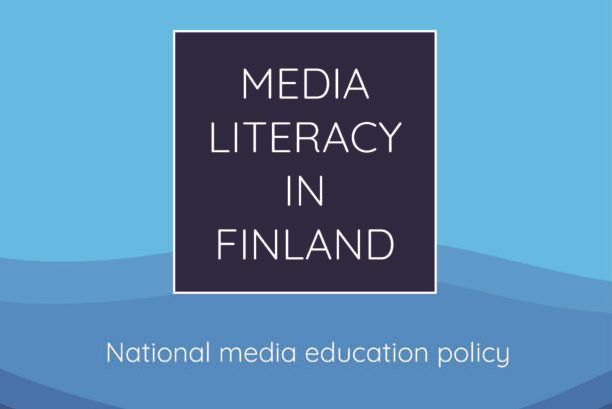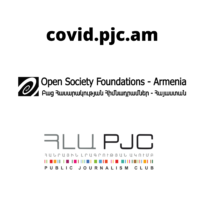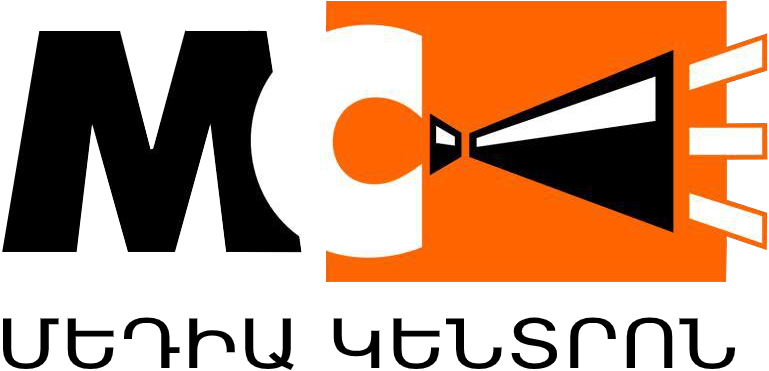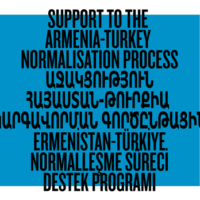
Systematic Media Literacy through Participatory Policy Development – Sharing Finnish examples
- December 7, 2020
- Category: News
The new policy of systemic media literacy in Finland targets not only children and adolescents but also adults which is an opportunity to achieve big goals faster.
On November 30, Public Journalism Club and Media Centre organized a webinar entitled “Systematic Media Literacy through Participatory Policy Development – Sharing Finnish examples” moderated by Finnish media expert Lauri Palsa. The webinar was held in the framework of “Acting for Safer Online Environment: information literacy intervention for preschools” project, implemented by Public Journalism Club NGO with the support of US Embassy-Yerevan.
How does Finland deal with misinformation and media manipulation through the education system and why is the Finish experience considered successful?
The answers to the above-mentioned questions and not only were provided during the webinar by Lauri Palsa, Finnish Media expert, Senior Advisor to the National Audiovisual Institute of Finland.
“In the modern world, it is difficult to find a field that has nothing to do with the media. Everything starts with realizing the role of the media in people’s professional, personal and public lives. The media provides us with many opportunities”.
Systematic media education has been practiced in Finland since the 1970s. Since then, media literacy has been involved in the curriculum of Finland. The first national policy on media education was developed in 2013.
The media expert states that media literacy is not an end in itself, it is an opportunity to achieve greater goals.
“The scope of this issue can be understood from the perspective of media literacy policy development” says Lauri Palsa.
Finnish people acquire their first media literacy skills at an early age. There, the curriculum is updated every 10 years, reflecting developments and changes in media culture.
The study of public policy on media literacy in Europe considers Denmark and Finland to be the most advanced countries, where media literacy is integrated into national policies, clearly interconnected with the concepts of human rights and active citizenship.
The national policy of media literacy in Finland was last reviewed in 2019.
“First, in the spring of 2019, we opened an online survey, conducted interviews with experts, and organized seminars. In the summer we were able to analyze the policy and write its draft version. The public discussion of the project took place in the fall. And in the winter, in December, the Finnish Ministry of Education and Science announced a new policy, in the implementation of which we are now engaged”.
According to Lauri Palsa, this time the policy is more comprehensive. It also includes adults․ The former applies only to children and adolescents.
“Policy has 3 main points. First of all, the media education provided in Finland is comprehensive, secondly, the education is high quality, meaningful and non-discriminatory, thirdly, it is systematic and consistent.”
Lauri Palsa emphasizes that media literacy in the education system is not an additional thing, but the main part of it. The education system, individually the teacher, has a great role in the establishment of systemic media literacy.
“Teachers in Finland have a great reputation, they have received quality education, they are independent, it is our job to provide them with appropriate tools. They will decide which of them to use”.
Media literacy helps to tackle challenges and risks. It is necessary in learning, studying, working and making connections. After all, media literacy is an ability.
At the end of the webinar, Lauri Palsa notes that cooperation in all areas is very important for systemic success.





